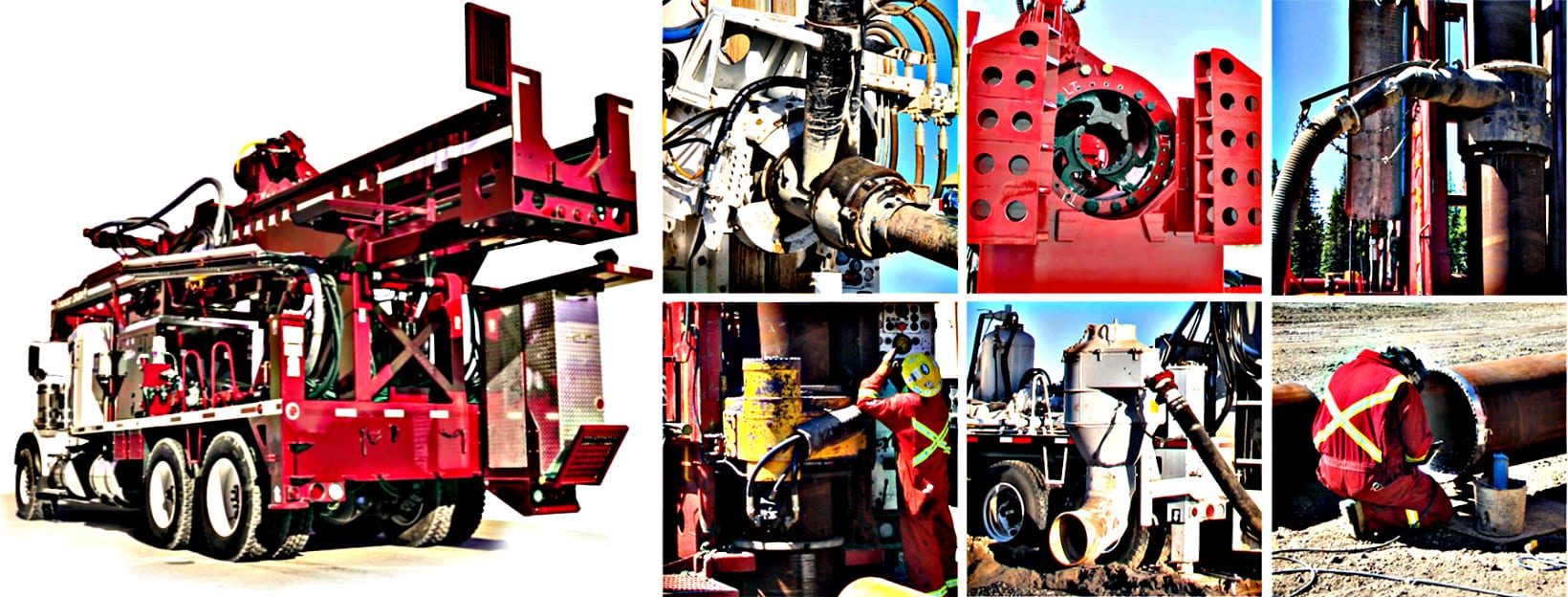CHILLIWACK
Water Well Services
Chilliwack Water Well Service Area
Chilliwack, Agassiz, Bridal Falls, Chilliwack River Valley, Columbia Valley, Chilliwack Mountain, Cultus Lake, Fairfield Island, Greendale,
Kent, Little Mountain, Popkum, Promontory Heights, Rosedale, Ryder Lake, Yarrow, Sardis, Vedder Crossing & Hope
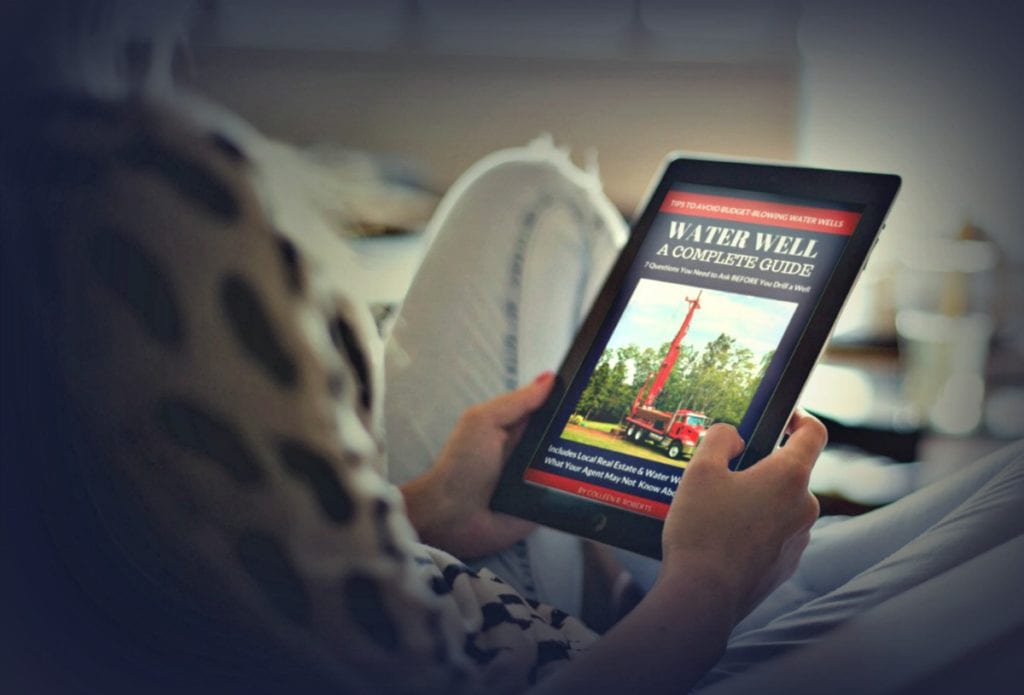
CHILLIWACK
Water Well Estimates
Our Local Water Well Service Area
Chilliwack, Agassiz, Bridal Falls, Chilliwack River Valley, Columbia Valley, Chilliwack Mountain, Cultus Lake, Fairfield Island, Greendale, Kent, Little Mountain, Popkum, Promontory Heights, Rosedale, Ryder Lake, Yarrow, Sardis, Vedder Crossing & Hope
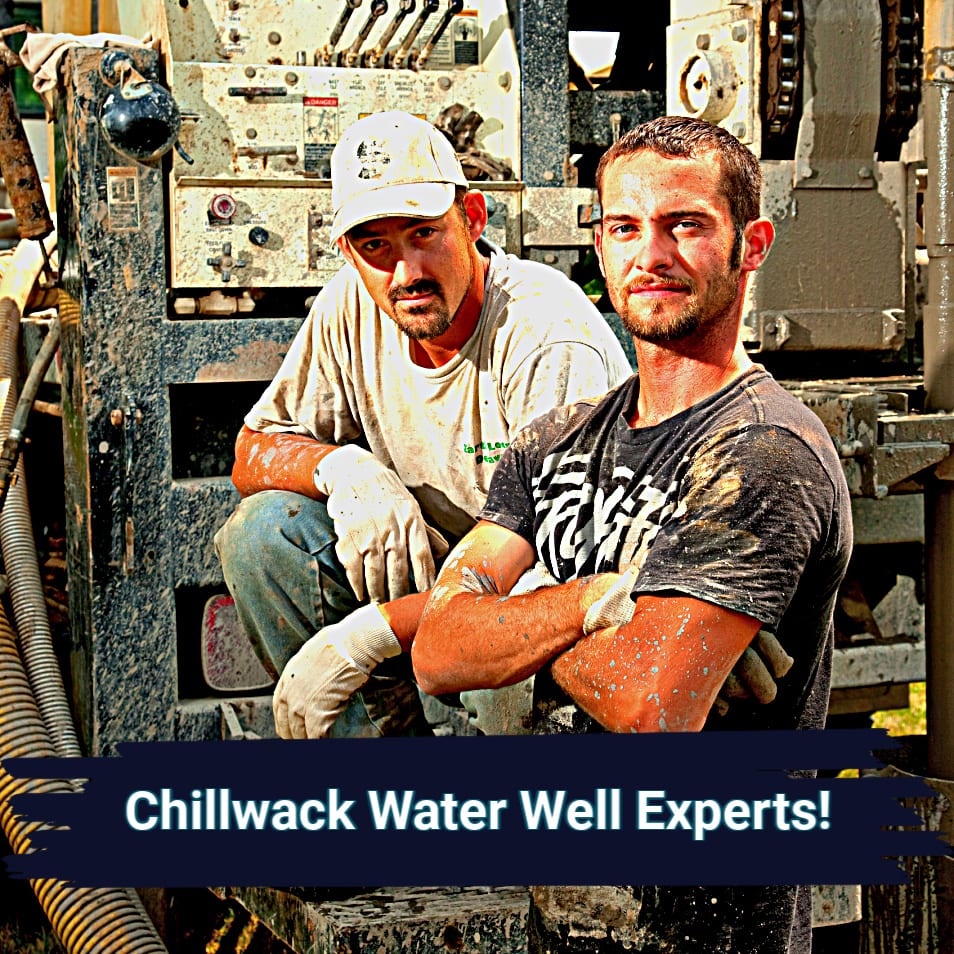
Water Well Services Chilliwack Valley
Chilliwack Water Well Services offers nothing but the BEST! We are your Local Water Well Pros serving Chilliwack, Agassiz, Bridal Falls, Chilliwack River Valley, Columbia Valley, Chilliwack Mountain, Cultus Lake, Fairfield Island, Greendale, Kent, Little Mountain, Popkum, Promontory Heights, Rosedale, Ryder Lake, Yarrow, Sardis, Vedder Crossing & Hope
We provide a one-stop-shop for all Water Well Services through-out the Chilliwack region. Our highly skilled water well technicians provides top-notch workmanship & knowledge. Chilliwack Water Well Services provides a broad-range of services that includes water well drilling, well repair, well inspections, well pump repair, home water treatment systems and local water testing solutions for both commercial and residential requirements.
Request a FREE online estimate from Local Water Well Pros in Chilliwack, we make it simple to get a quick estimate for any of our water well services from the cost to install a new well pump, pump repairs, drilling cost for new water well or any of our other local services.
One of the most valuable assets for your home or business is a clean, potable, and abundant supply of water. Whether a water well is for domestic purpose or irrigation a water well is important and one of the wisest investments you make in your home or business. Becoming informed about water well drilling in Chilliwack is the most valuable tool you have before making this investment.
Our local well drillers are fully equipped to perform any drilling project at the highest level for domestic well drilling, commercial water systems, large irrigation wells, geotechnical drilling as well as golf course irrigation & pumping systems.If you need more information about water wells Local Water Well Pros has many water well resources including the Fraser Valley Water Well Guidelines & FAQ available to Chilliwack and surrounding Fraser Valley communities.
Are you drilling a water well with remote or difficult access for regular drilling rigs and drilling equipment? We are able to handle difficult access well drilling projects, no job is to large or small? Give us a call at Local Water Well Pros 604-670-4223Water Well Services for Chilliwack Valley:
Chilliwack, Agassiz, Bridal Falls, Chilliwack River Valley, Columbia Valley, Chilliwack Mountain, Cultus Lake, Fairfield Island, Greendale, Kent, Little Mountain, Popkum, Promontory Heights, Rosedale, Ryder Lake, Yarrow, Sardis, Vedder Crossing & Hope.
CHILLIWACK
Water Well Services

Well Drilling
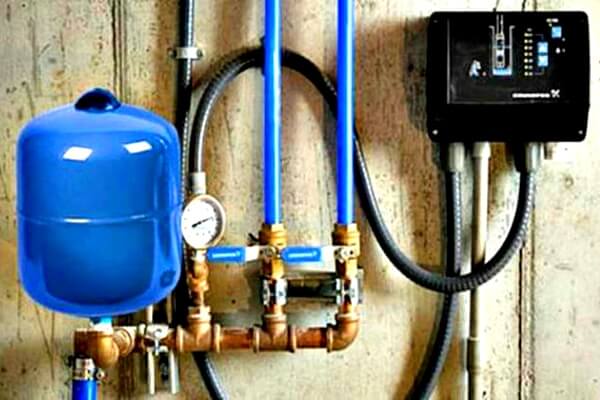
Well Pumps
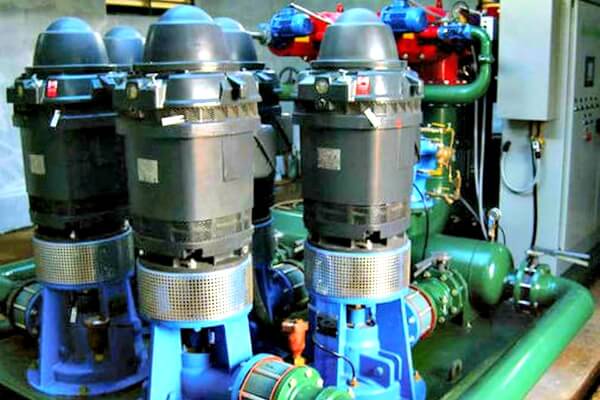
Large Pumps
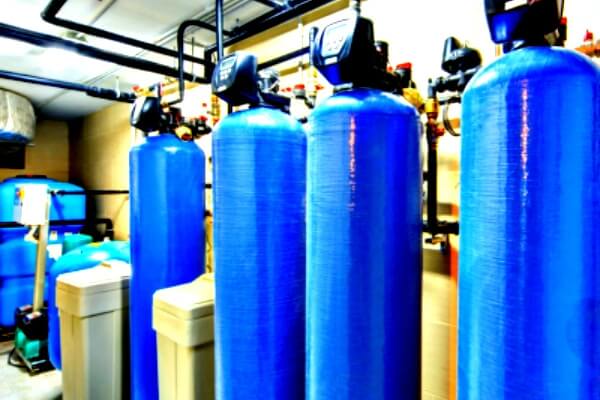
Water Treatment

Water Testing
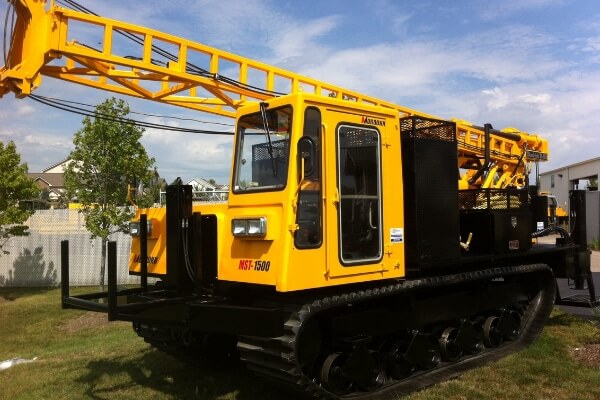
Geotech Services
CHILLIWACK
Water Well Inspections
What You Need to Consider When Purchasing a Home with a Water Well in Chilliwack.
Most water wells in the Chilliwack Valley can be categorized as being either a shallow well or a drilled well. There are other types of wells, but shallow and drilled water wells are the most common. Water well construction has changed over the years to comply with updated BC Groundwater Regulations & Guidelines in the interest of health and safety.
Buyers taking into consideration homes in rural area will typically find houses up for sale that depend on water wells for their primary water source. Most homes normally obtain their water from a municipal or community water system, with public water systems we can normally presume that the water supply will be enough, clean and safe meeting the Canadian Drinking Water Guidelines
But when purchasing Real Estate with a well water, it would be unwise to make any assumptions about the water source without discovering the facts. Beyond water quality, other problems can arise with wells that you should be aware of, and check for, before you agree to purchase a home.
Whether you are buying or selling Real Estate with a Water Well in the Chilliwack Valley, there are going to be questions regarding water testing and water well inspections.
If you are buying a property that’s serviced by a water well and not connected to a public water system you really need to make sure that you have the water tested and possibly a water system assessment as one of the subjects on your purchase agreement!
When testing the well water, you’re going to want to know about the water quality, but you often need to do a quantity test too. Both water quality and quantity are equally important, you need to be sure that the well water is safe and meets Guidelines but it’s it very important to have a water well servicing your Chilliwack property that is capable of meeting peak demand.
You will want to know the depth of the well, the age of the well… when was the water well drilled? Most importantly what are the well yield or gallons per minute that the well can produce? Well pump and water system is essential and maybe costly if the well pump needs repairs.
Many water wells are good, for the most part without issues… good water quality and enough water to service the property right through the hot summer months, but many other water wells may have ongoing problems. If a water well has known issues, it’s MUCH better to discover this information prior to purchasing the property.
Chilliwack Water Well Services is close to completing a Real Estate and Water Well resource guide that is intended to help you through the process of purchasing Real Estate with a Water Well in the Chilliwack Valley.
Learn more about our Chilliwack Real Estate and Water Well Resource Guide
CHILLIWACK
Water Testing Laboratories
Water Testing Labs Near You
Chilliwack, Agassiz, Bridal Falls, Chilliwack River Valley, Columbia Valley, Chilliwack Mountain, Cultus Lake, Fairfield Island, Greendale, Kent, Little Mountain, Popkum, Promontory Heights, Rosedale, Ryder Lake, Yarrow, Sardis, Vedder Crossing & Hope
Chilliwack Well Drilling Costs
What is the cost to drill a well in Chilliwack? Local Water Well Pros provide quick estimates online for the local well drilling cost in the Chilliwack Valley.
The cost to drill a new well will depend numerous facts and will vary by the drilling site location, final well depth and diameter of the completed drilled well. Typically 6″ is the standard diameter for most domestic wells in the Chilliwack and the surrounding communities.
The local 2020 well drilling cost per ft. will be in the range of $48.00 to $56.00 for a 6″ well, this cost will include well drilling and the steel casing required. Once we are drilling in rock the steel well casing will not be used, this will reduce the well drilling cost to an average of $35.00 per foot.
There will be a few other costs when drilling a well in Chilliwack, the well will require a surface seal, approximately $800.00, a drive shoe at at cost of $300.00 and perhaps a stainless-steel water well screen, with installation and screen you can expects about $1350.00 for a 4′ section of well screen, hopefully one screen will be sufficient but two screens may be required. Other costs may include water well development at $250.00 per hour, this may not be required.
Water water well liners are installed once the drilling is completed to prevent the new water well from collapsing, well liners are not mandatory but highly recommended, most people do install well liners, they are inexpensive insurance at roughly $15.00 per per foot.
If you are preparing to drill a well Chilliwack, Local Water Well Pros do provide detailed well drilling estimates, we have a lot of experience drilling for water in Chilliwack but we also take the time to research all the wells in your specific area. When drilling for water we do our best to narrow down all the variables that will help determine a realistic well drilling estimate.
Where Should You Locate Your New Water Well on Your Property?
Have you ever wondered how the cost to drill a well in the Chilliwack Valley could double or or even triple? It’s not uncommon in the well drilling industry because most people do not know where to drill for water on their property. Remember, water well drillers are paid by the foot when drilling… we have lot’s a good well drillers in the Fraser Valley but a successful water well may depend on location.
If you are reluctant to drill a well on your property and fearful of dry hole drilling you may want more information on water well site selection.
Local Water Well Pros
Chilliwack Valley Water Well Services
Chilliwack, Agassiz, Bridal Falls, Chilliwack River Valley, Columbia Valley,
Chilliwack Mountain, Cultus Lake, Fairfield Island, Greendale, Kent, Little Mountain, Popkum, Promontory Heights, Rosedale, Ryder Lake, Yarrow, Sardis, Vedder Crossing & Hope
